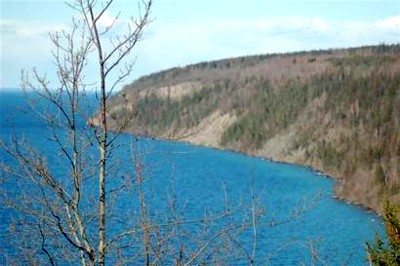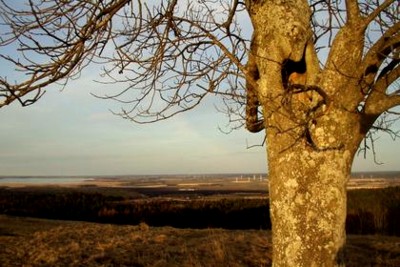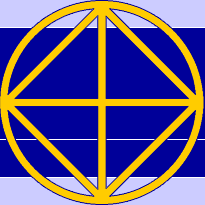Nordic Links with the Ancient Mythology and Language
A friend from Sweden sent me the following lines as a comment to the blogpost “Finding our Common Origin – Sanskrit and Kikongo Wisdom Teachings“:
“Also here in the North we have strong links with the ancient mythology and language. Madame Blavatsky writes in the Secret Doctrine that the Norse mythology is older than the Vedas, and that Egypt was colonised by emigrants from India. The Nile (“the Blue”) got its name from a river in India, just as today we find York in England and New York in the USA.
Some few examples: Not far from there I live here in Sweden there are some mountains with a unique geology, not found anywhere else, with intriguing names like “Omberg” (OM), “Hunneberg” (Dogmountain), “Halleberg” (Halla is an abode of a god as in Shambhala/Shamballa), and “Kinnekulle” there “Ki” is pronunced as Chi or Qi (life force). There is also “the quiet (or serene) mountain” – Lugnås. Berg/ås/kulle all mean mountain. We also have a holy cow named “Audhumbla”, which is the Vedic “Vach” and the Egyptian “Hathor”.
Karl means man, or great man. The Great Bear is called Karlavagnen, or the wagon of Karl. The worldtree is Ask which in English is Ash, and may have been Ash in ancient Swedish. Maybe to farfetched, but Kailash may be related.
In the end of time, the world will disappear and with that evil creatures, and a new more beautiful world will appear. The highest god Odin, who is one-eyed, will then also disappear and his son Balder will be the new highest god, just as Sanat Kumara, “the old man”, will stay with us until the end of time. The two Ravens which inform Odin about the world are called Hugin and Munin.
But also the new world will disappear, and yet another is to follow, and so on.
A legend here says that you can be teleported between Kinnekulle and Omberg. Monks at a monastery located at Omberg watched an area at Kinnekulle for centuries, and did not let in visitors. They were said to go forth and back by teleportation (some twenty or thirty kilometers, I think). This area was closed until recently. I visited it with a friend, but no teleportation occurred 🙂
The Nordic mythology has a preference over the mythologies of the rest of Europe as it is not mixed up with a lot of different influences, as e.g. Hellenistic and Egyptian mythologies.
The symbols and the legends move with us. There is an old temple for Isis worship in England, and the vikings frequently went to the English islands. May there have been a movement from the North to the East to the West, and the circle symbolically closed there, in that English Isis temple? And from Egypt other circles have appeared, towards the American continents and deep down into Africa. Today we can unwind our own past footsteps through easy global communication over the internet.”

Omberg and the lake Vättern, Sweden

A view from the Omberg



April 24th, 2007 at 8:09 pm
The author of the blogpost “Finding our Common Origin – Sanskrit and Kikongo Wisdom Teachings“, to which this post is a comment, wrote to me:
“I really enjoyed reading this comment. It is full of elaborate details. What strikes me most is the “universal recognition of the ONE Humanity” as the saying goes.
In a nutshell allow me to voice my happiness in Kikongo by saying ” Beto babonsono tuena ye Tata di mosi” (“We all have the same Father”), expression used in kikongo to put forward unity amongst people of different cultures and languages). In saying so we are invited to develop right human relations.
Thank very much for this positive feedback.”